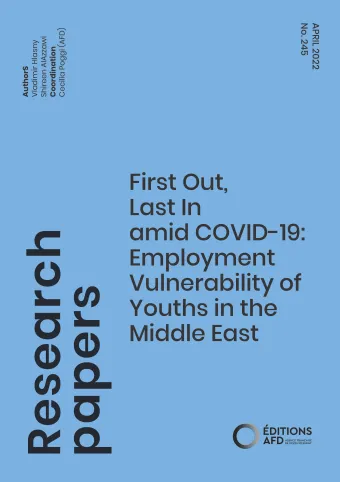Share the page
First Out, Last In amid COVID-19: Employment Vulnerability of Youths in the Middle East
Published on

This study estimates the impacts of the evolving COVID-19 crisis on the trends in workers’ employment outcomes in Egypt and Jordan. Using panel microdata from ERF COVID-19 MENA Monitors, waves 1–5 (July ‘20–September ‘21), we estimate logit models of workers’ job loss, and multinomial logits of workers’ labor market statuses. We confirm that the COVID-19 regime stringency affects negatively employment and labor participation of most groups of workers – particularly youths, even if they were not disadvantaged pre-COVID-19. Higher education is associated with the retention of a better employment status, conferring consistently high returns in terms of remaining economically active, employed, and in formal employment. Workers’ pre-COVID-19 employment status affects their outcomes amid COVID-19, implying strong employment-status dependence. Those laid off amid COVID-19 come predominantly from among those without (formal) employment pre-pandemic. Between mid-2020 and mid-2021, men’s employment prospects gradually improved, but women faced a stagnation by being largely excluded from work opportunities. Youths trailed non-youths early during the pandemic, but have caught up during recovery. In sum, evidence suggests that youths and women are affected more adversely than non-youths and men at the height of the pandemic, face higher risks of getting laid off, and have a harder time returning to work – supporting the ‘last in’ if not the ‘first out’ hypothesis.
Useful Information
-
Authors
-
Vladimir HLASNY, Shireen ALAZZAWI
-
Coordinators
-
Edition
-
245
-
Number of pages
-
43
-
ISSN
-
2492 - 2846
-
Collection
-
Research Papers
